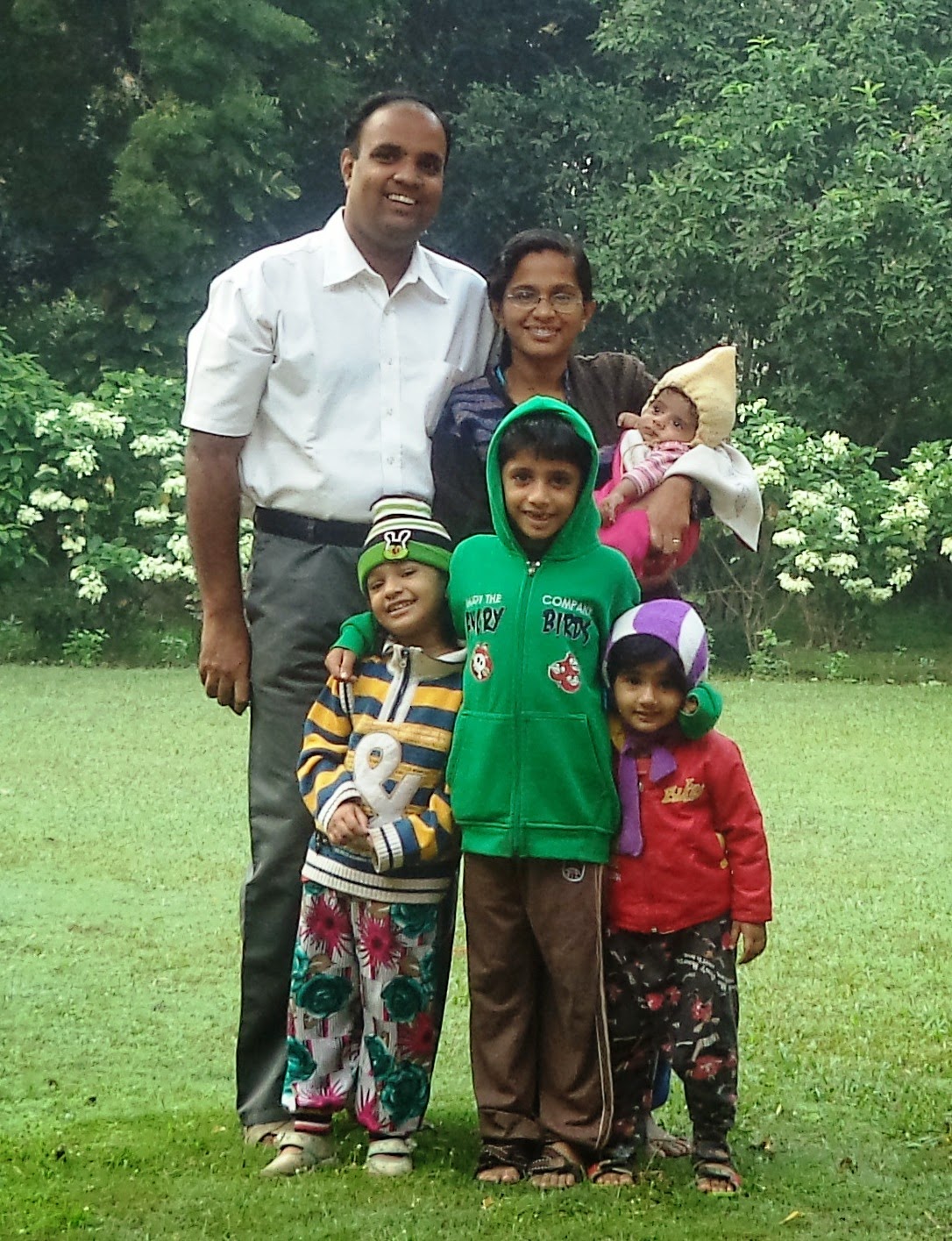This is a guest post written by Ms. Rachel Belda Raj. Rachel
serves as Project Manager of the project on Community Based Rehabilitation for
the Disabled in NJH.
Working with vulnerable groups for their rehabilitation and
empowerment is a challenging task and then there are People with Disabilities
(PWDs) who often are the most vulnerable, trapped in the cycle of poverty and
disability. The rehabilitation process is time consuming as it involves both
helping them discover opportunities as well as facilitate a change in their
thought process. In the process of our working with PWDs, disabled friendly
opportunities are rare as society is a long way from main streaming. A change
in attitude may occur but without the right opportunities, they are not fully
rehabilitated, unless they create the opportunities themselves.
Here is an account of a created opportunity towards
rehabilitation.
Like most rural communities, agriculture is the main source
of income for our community part of the Community Based Rehabilitation (CBR)
Project for PWDs. Unfortunately the area we work in is a drought prone area
affecting the main source and for most people the only source of income or
food. The PWDs also find themselves most vulnerable as their mobility
impairments affect their agriculture as well. Surprisingly, this issue has been
a recent one as for generations, this area has been a drought prone area but
people have survived by cultivating drought resistant crops. But with the green
revolution and introduction of cash crops, traditional drought resistant crops
were abandoned. Now, with the climate change issues and lack of rainfall, the
community finds itself vulnerable as neither they have irrigation facilities or
timely rain for the cash crops nor the traditional knowledge of drought
resistant crops.
The Community Based Adaptation Project had discovered the
long forgotten drought resistant crops of the area especially finger millet
which had been part of the community. They are now working to promote Finger
Millets both for its drought resistance as well its nutritional content aiming
to tackle poverty and mal nutrition.
As a spill over effect of the project work, the PWDs in the
CBR Project area had also heard about the work to promote finger millet. Both
out of curiosity and desperation, they enquired about finger millet. Most of
them had idea as their ancestors had grown and consumed in their homes. As
predicted, the lack of rain fall left most of the fields barren. Meanwhile, the
CBA project had arranged a training regarding drought resistant crops at
Satbarwa, the block headquarters.
The PWDs from the village Patna were encouraged to attend so
they would get an idea of Finger millet and its benefits. The meeting was
facilitated by Prof. Haider from Birsa Agriculture University, Ranchi. As they
presented fascinating facts about Finger Millet, the PWDs were convinced to at
least give it a try. As in the end of the meeting seeds were sold at nominal
prices, almost 18 PWDs bought about 200gms to cultivate.
The Finger Millet was cultivated and unlike many other
crops, this doesn’t need much effort or regular supervision. This was
beneficial to most PWDs as they most of them had mobility impairments and were
dependant on other people for agriculture. This crop reduced their dependency
as there was hardly any effort involved. Of course, regular care of the crop
would definitely give higher yields.
When Professor Haider visited the region last week, one of
the fields he visited was that of Mr. Manoj who had done cultivation of madwa
in one plot of land. He was elated on seeing the yield. In fact, Professor
Haider was also taken aback at how finger millet farming has become a boon to a
disabled farmer.
 |
| The team at Manoj's field . . . |
 |
| Prof. Haider interacting with Mr. Manoj . . . |
They now look forward to the harvest. Cultivation of finger
millets has not only ensured them some source of food and income but also re
kindled hope for the future.




















